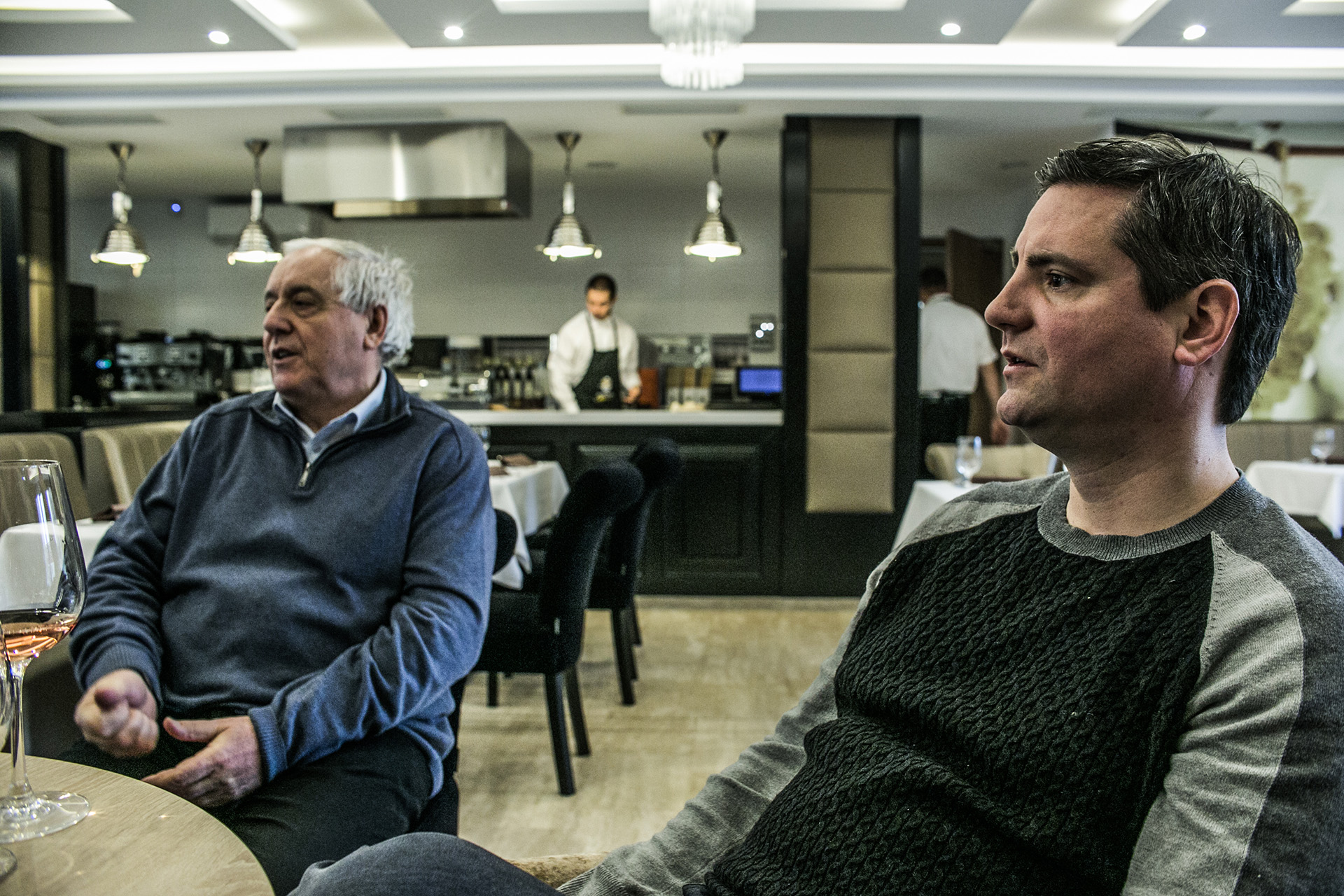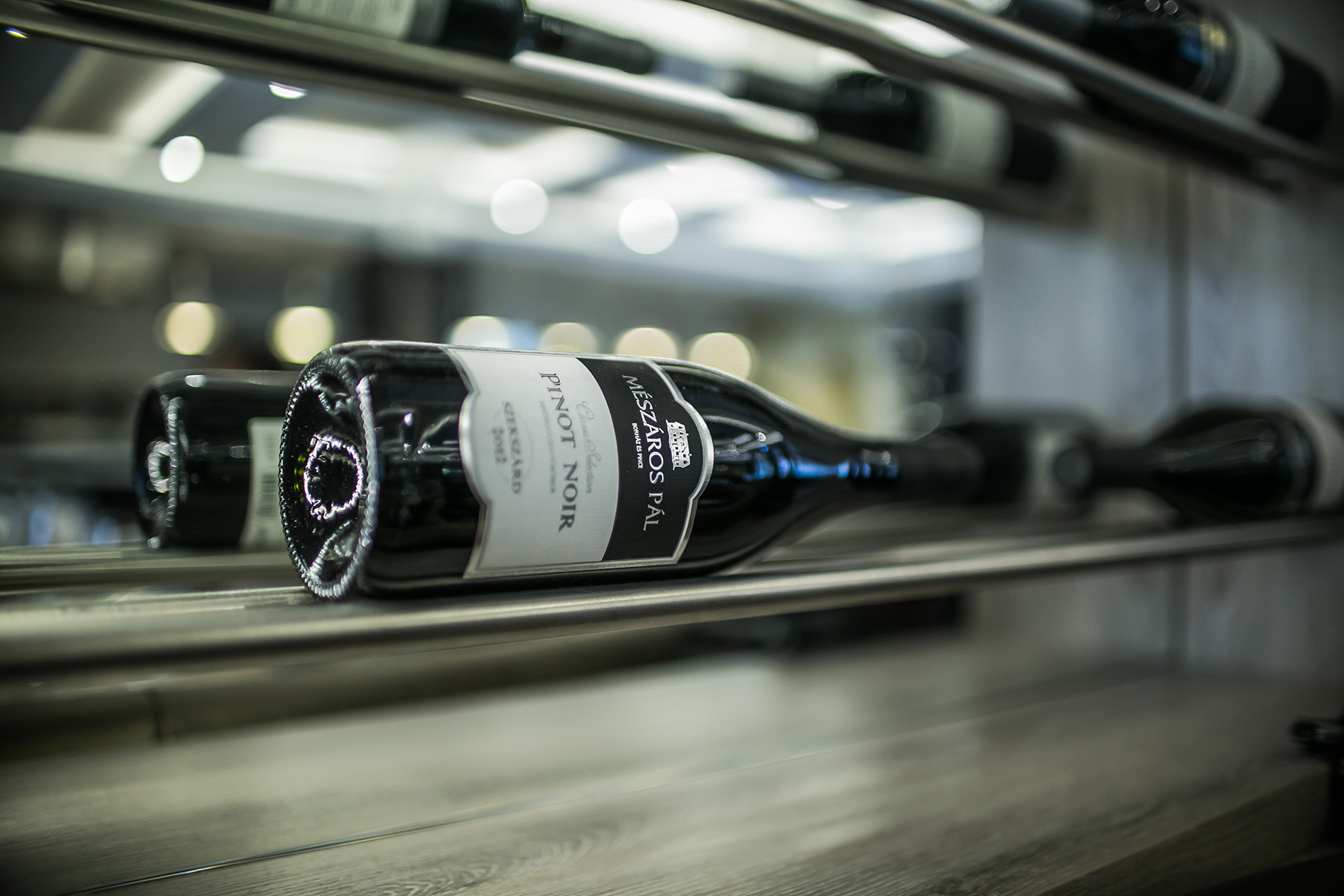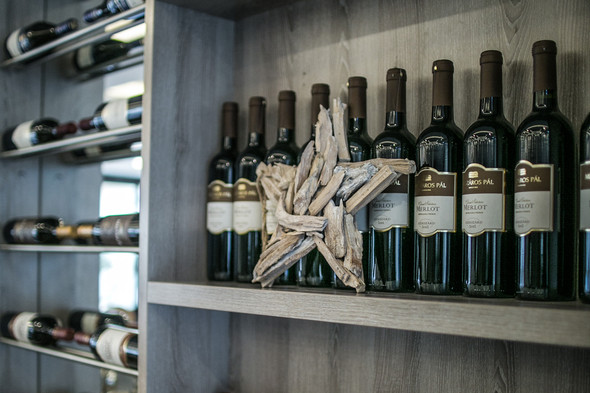If a Hungarian winery has their own Kadarka clone, then they are doing something right. If in the same place, 25% of the wines are consumed locally, then they are really doing something right. Whereas if their wines are on shelves and in restaurants from the USA to China, then really doing something right is perhaps an understatement. What’s more, if they can expand even during the economic crisis, well that’s just the icing on the cake.
The Mészáros family is a refreshing exception in a world facing economic difficulties. Either everything is fine with them or they don’t actually like to complain, in any event it seems that the crisis - if it is not too sacrilegious to say this – has even helped them a little. What happened was, and the statistics also verify this, that from 2008 previously high-spending wine consumers tightened their belts, reached one shelf down and were surprised to find that the wines they found there were just as good! Perhaps it is also no coincidence that their new processing building also started work the following year, but we shouldn’t get so far ahead. Let’s turn the clock back three-hundred years to the time when the first Mészáros was mentioned in Szekszárd. The enormous press house comprising today’s estate centre and the cellar beneath it were built in the 1700s. Today this may appear to be a town centre estate, but at that time this area was still covered with vines. The Mészáros family bought it in 2000 and sought to preserve the building’s original atmosphere during its renovation, or to be more precise, its demolition and reconstruction. Thus it came about that the hundred-and-fifty-years-old beams liberated from the rotten supporting beams at the Budapest Cylinder Mill could continue to live their lives, while in the case of a full house here, a hundred people sipping wine can delight in part of a Roman sarcophagus decorated with vine motifs, which for a long time was on display in the Szekszárd museum. The lines of the cellar are also beautiful; the cross-connections’ irregularly shaped domes were designed by Ferenc Heimann. Their increasing wine sales also necessitated expansion, thus in 2010 their modern winery was built on an industrial estate, now with its own bottling line, increased storage capacity and maturation room, so the town-centre cellar can be used for touristic purposes and tastings can be held in the press house. Regarding tourism, the Mészároses have built a 22-room, four-star hotel called Merops a stone’s throw away, which is able to receive fifty guests, and its restaurant welcomes diners with compositions created by its chef Krisztián Vörös.

Bucking the trend
On the other hand, they are becoming fashionable, if the ever-growing consumer interest and their expanding foreign markets can be interpreted as such. Their wines are all about varietal character and terroir, whereas their Malbec has also become a Szekszárd success story, so much so that it would even shine blind in an Argentinean flight. Moreover, the annual production of 10,000 hectolitres of wine, that’s about 600,000 bottles, is not child’s play, neither is the cultivation of the vines. Fortunately, they have no worries about sales. Pál Mészáros’s one-liner, “we just let them take them” sweeps away any professional approach, marketing study and sales brainstorming sessions; it works like this, if you please, that if the market wants something, it will also get it, you just shouldn’t get in its way. Their main export markets are the USA, China and Germany, but you can also sip Mészáros Kadarka in Barcelona, or as a good friend discovered, in quite exotic locations too. It just so happened that the said friend was in Vietnam, came across their wines in Hanoi and even called the winemaker in delight from the terrace to ask him to guess what he was drinking in Indochina. There is no doubt about it, the Mészáros family is really doing something just right.

Irsai Olivér 2015 I 84-85 points
Fresh aroma of grape blossom. Fresh and taut on the palate, with flavours of citrus fruit, flowers and pear.
Rosé (Pinot Noir) 2015 I 84-86 points
Strawberry and raspberry on the nose. On the palate, rounded with crisp acidity, fruitiness and a slightly sweet finish.
Kadarka 2013 I 86-87 points
On the nose, sweet spice and slightly meaty character. Medium body with tingling acidity, well-balanced, fruity and spicy. Very drinkable.
Bikavér 2013 I 85-87 points
Young, fruity nose with a little red powderiness. Medium body, with fresh acidity, rounded tannins, a little pepper, cherry and some spice.
Hidaspetre 2012 I 89-90 points
Black pepper, blueberry and blackberry on the nose. Perfectly proportioned, good acidity, firm structure and attractive tannins. Elegant, fruity and long!
Ohmerops 2012 I 91-94 points
Very concentrated aroma of black berry fruit, dark chocolate and a touch of coconut. Rich and rounded, the palate mirrors the nose, complemented by some cedar and vanilla. Endless finish.






